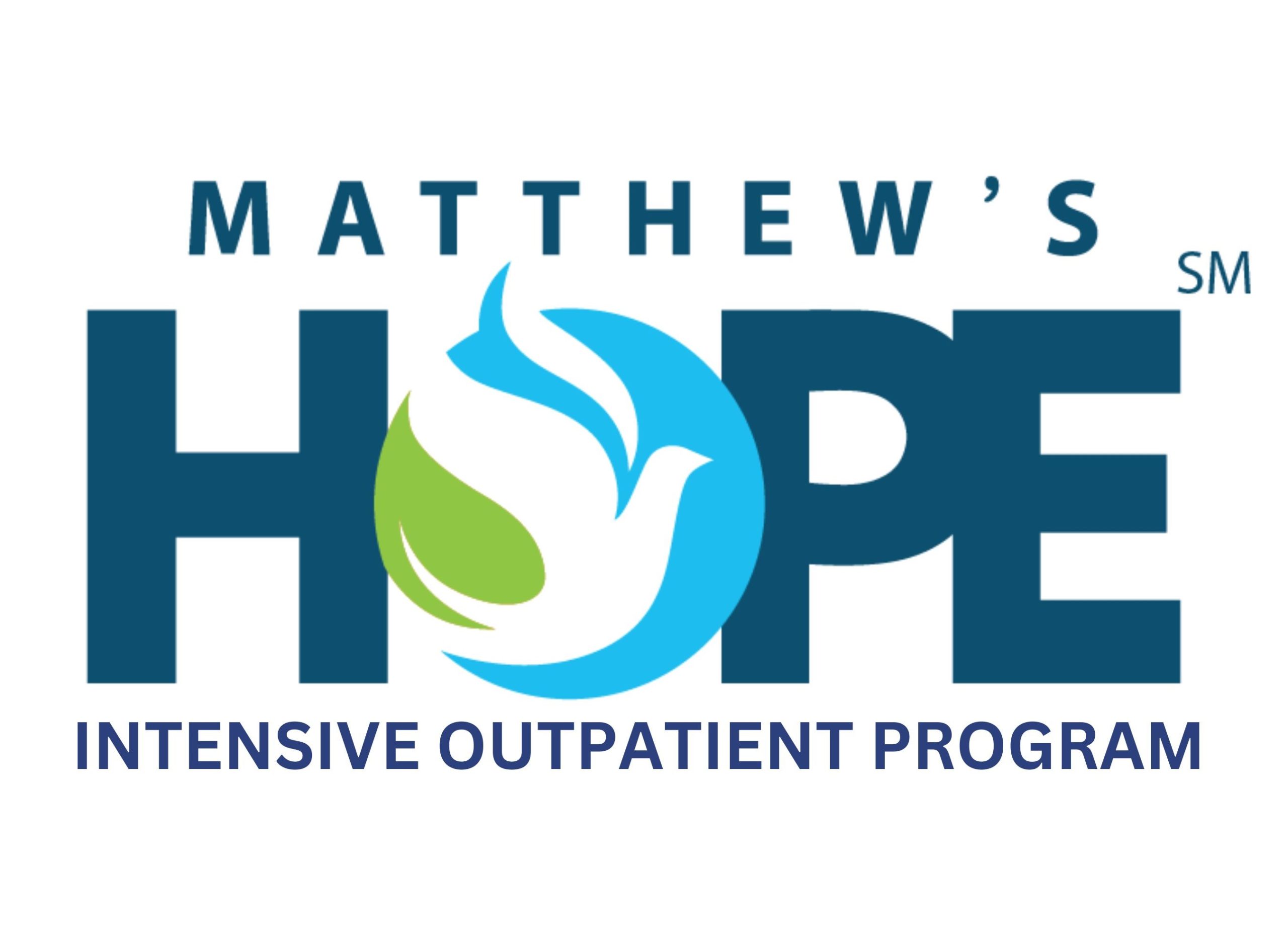What Does the Research Demonstrate?
IASIS MCN, effectively diminishes anxiety and depression, and the impact of PTSD in two ways. It increases parasympathetic tone by stimulating the release of parasympathetic neurochemical, such as GABA, serotonin, endorphins and dopamine, while reducing sympathetic neurochemicals (homocysteine, cortisol, noradrenaline, etc.) from the flooding of these chemicals in the brain due to prolonged exposure to traumatic events. Simultaneously, IASIS MCN activates cholinergic pathways, increasing the production of acetylcholinesterase and sending them to the brain. The cholinergic system modulates memory and hippocampal plasticity via its interactions with non-neuronal cells.
This activates microglia, which exist at a ratio of 9 to 1 over neurons sending the glial cells into action to bind to the excess beta amyloid plaque assisting with the flushing of this excess waste referred to as metabolic clearance.
This entire process begins the moment that an IASIS MCN session commences, and a university of Texas study has shown that this technology plays a significant role in the reduction of anxiety and depression, as well as the various emotions and aspects of PTSD. In fact, the results of the study show in excess of a 50% reduction in related symptoms significantly and all of the subjects from their own patient-based observations.
The University of Texas study demonstrated very positive results with IASIS Microcurrent Neurofeedback (MCN), where researchers observed diminished anxiety and depression.
Their research department at the UT Tyler branch will soon begin formal research studies on the effectiveness of IASIS MCN for slowing the progression of dementia and Alzheimer’s disease. Additionally, a double-blinded and randomized research study is now being co-authored by UT Tyler with Matthews Hope Foundation to determine the effectiveness of IASIS MCN in promoting abstinence-based sobriety without relapse in active opioid users.
What Is IASIS Microcurrent Neurofeedback?
IASIS Microcurrent Neurofeedback is a proven and non-invasive technology that utilizes tiny microcurrent electrical impulses to calm the central nervous system, stimulate the brain, and improve brain function. It is a pain-free, safe, and noninvasive modality. IASIS Technology is based on the principle of neuroplasticity, which is the brain’s ability to adapt and change in response to external stimuli. IASIS Microcurrent Neurofeedback is used by hundreds of physicians and psychotherapists to promote healing for a wide range of conditions including depression, anxiety, PTSD, traumatic brain injury, and substance use disorders. The treatment is typically performed in a series of sessions, and it aims to re-balance the brain’s electrical activity and improve communication between different regions of the brain. It has been shown in several university academic studies that this can lead to improvements in cognitive function, mood, and overall well-being. IASIS is an essential element of the Matthew’s Hope Intensive Outpatient Program care model.
The IASIS Microcurrent Neurofeedback relaxation device allows the mind and body to become more balanced and calmer again after years of opioid use.
IASIS MCN does not involve the use of drugs, and continued IASIS MCN sessions have been observed by clinicians to allow the client to reduce the dosing and frequency of other non-opioid prescriptive (under the strict care of their doctor) for numerous conditions related to their recovery.
What Are IASIS Neurofeedback Treatments Like?
Unlike other clinical modalities like EMDR or TMS, the client feels nothing and only relaxes during the short sessions. (Although IASIS MCN may be used in conjunction with many therapeutic interventions since it improves relaxation which supports overall well-being.)
During an IASIS MCN session, clients relax in a comfy chair, and during the first session, the IASIS MCN certified provider will perform an intake evaluation, which includes identifying client diagnoses, current medication, and issues that brought the client to consider IASIS.
The provider then connects five leads (similar to EKG leads but much smaller) to different parts of the head. The leads are attached by using a small amount of non-greasy, conductive paste. During the treatment, the client feels nothing and can talk to the provider or sit quietly and relax. The paste is removed with a cotton ball and witch hazel at the end of the session.
Unlike traditional neurofeedback, Microcurrent Neurofeedback produces helpful, swift results in a limited number of sessions. The ease and simplicity of IASIS MCN distinguish it from traditional neurofeedback. Microcurrent Neurofeedback passively produces measurable changes in the brainwaves without conscious effort from the individual receiving the feedback. The result of one’s relaxed state brings about a deeper calm and a more regulated system. Microcurrent Neurofeedback is imperceptible to the client and requires no conscious effort.
By our observation, we have collected data showing that more than 85% of our clients observe a noticeable positive response in the first or second session. Reported changes are generally enduring and sustainable. Microcurrent Neurofeedback is very effective in many areas, including clients stating a reduction in their cravings.
This clinic-based Microcurrent Neurofeedback treatment is proving to be a cost-effective, gentle modality that can lead to long-term abstinence-based recovery and enduringly sustainable sobriety.
To learn more about IASIS Microcurrent Neurofeedback for yourself or a loved one, please contact Matthew’s Hope Intensive Outpatient Program today. We’re here to help you get on the road to long-term, abstinence-based recovery and sobriety.


